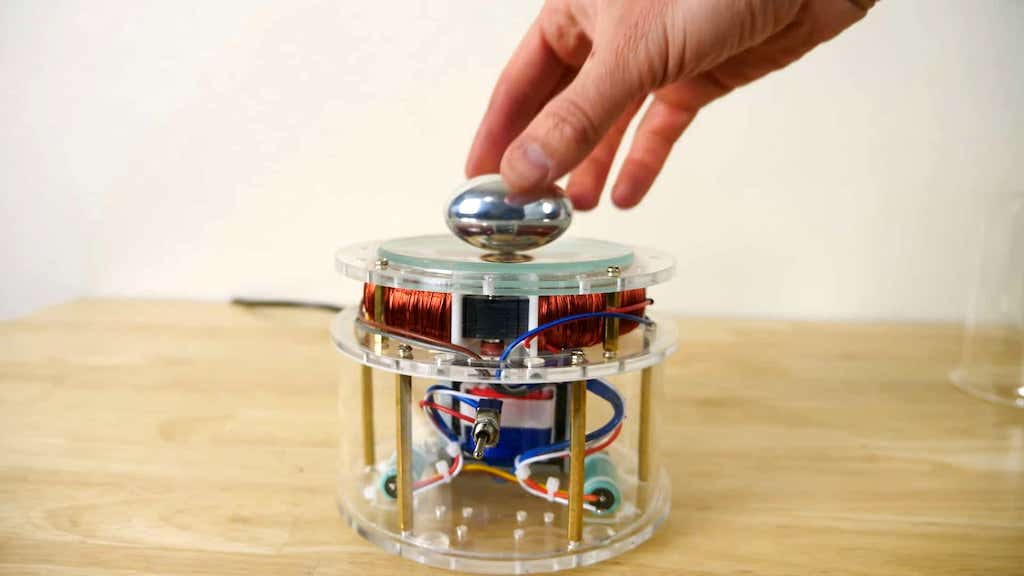Using an Egg of Columbus to Explore Perpetual Motion
James Orgill of The Action Lab explores the physical science behind perpetual motion using an electronic magnet, a magnetic ball bearing, and a cup. He then explains the physics behind Nikola Teslas Egg of Columbus. Before he does so, however, Orgill tells the story behind the name of this invention.
The name for the egg of Columbus comes from the apocryphal story of when Christopher Columbus was being criticized for how easy it was to do what he did ... So Christopher Columbus asked the people in the room that were criticizing him if they could balance an egg on its end. ...When you try to balance an egg on its end it always falls over but then Columbus tapped it on its end and it broke the shell a little bit and he got it to balance straight up.

Tesla, seeing what he could do there, modernized the whole thing.
Nikola Tesla came along and he wanted to one-up the story about the Christopher Columbus Egg, so he made a device that can actually spin a metal egg. The way it's spinning it is it has four electromagnets that are alternating AC current in it,so the poles of the magnet are constantly changing back and forth between north and south this generates an eddy current which has a magnetic field that opposes it so it spins it around in a circle really fast
Here's a video by PBS Space Time that explains more about perpetual motion machines.